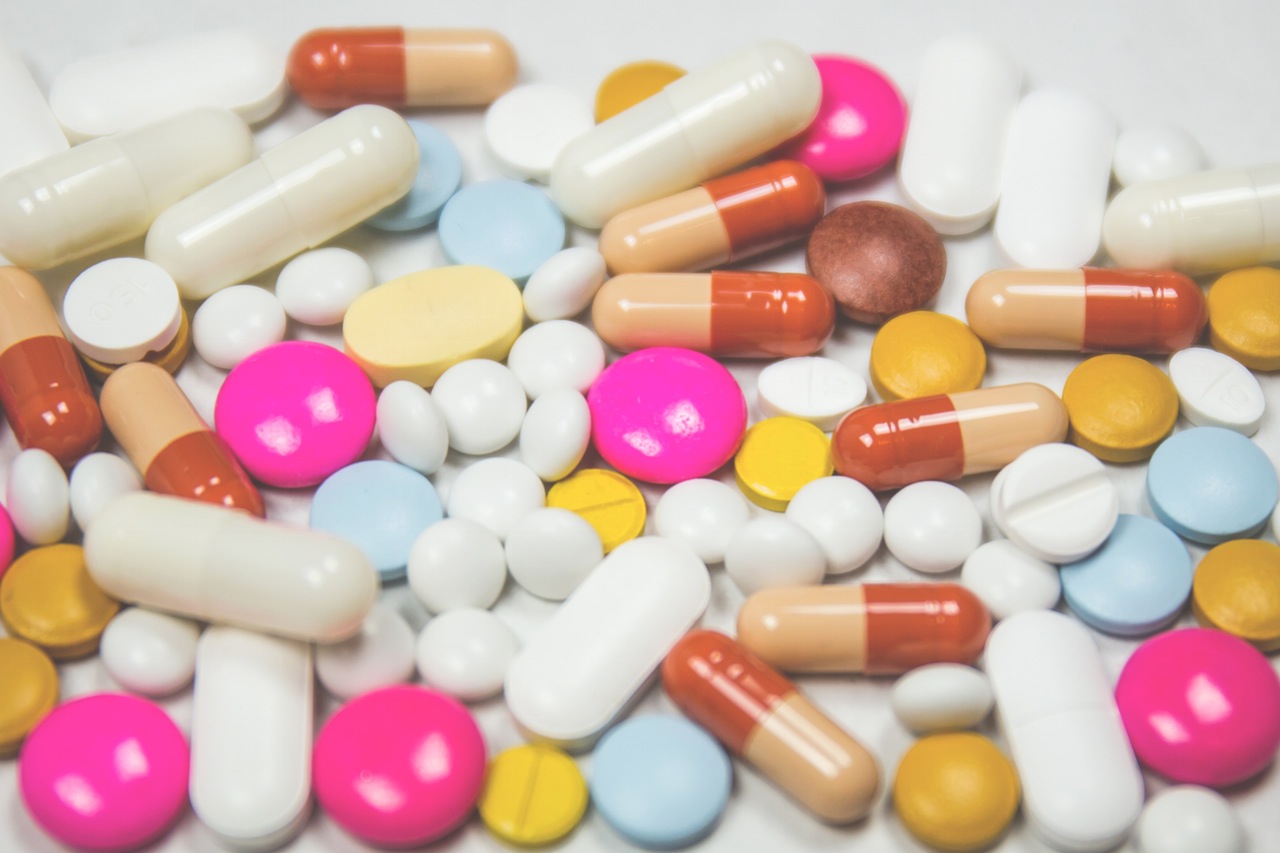
In contemporary society, mental health has garnered increasing attention, with antidepressants frequently prescribed to alleviate the burdens of depression and anxiety. However, an often-overlooked aspect of these medications lies in their surprising dental side effects. Recent studies illuminate a troubling correlation between certain types of antidepressants and the risk of tooth decay. Understanding this connection is pivotal for both healthcare providers and patients. Identifying and addressing these side effects can lead to better comprehensive care.
The issue of oral health is multi-faceted, yet it is often deprioritized amidst the broader discussions of physical and mental well-being. The mouth serves as an entry point for numerous bacteria, and when the balance of saliva, oral hygiene, and nutrition is disrupted, the potential for decay escalates dramatically. This discourse explores the underlying mechanisms through which specific antidepressants may contribute to dental deterioration, alongside practical implications for management and preventive strategies.
First and foremost, it is essential to decipher the various classes of antidepressants commonly prescribed. Selective Serotonin Reuptake Inhibitors (SSRIs), Serotonin and Norepinephrine Reuptake Inhibitors (SNRIs), and tricyclic antidepressants (TCAs) represent three primary categories. Each class operates through different neurotransmitter mechanisms, yet they share a common tendency to induce xerostomia, or dry mouth, an insidious precursor to tooth decay.
1. The Role of Xerostomia
Xerostomia, while often a benign condition, is a formidable foe when it comes to oral health. Saliva plays an integral role in washing away food particles, neutralizing acids produced by bacteria, and providing essential minerals to teeth. A lack of sufficient salivary flow increases the likelihood of caries, gum disease, and even fungal infections. Antidepressants such as Amitriptyline (a TCA) and Paroxetine (an SSRI) are notorious for their anticholinergic effects, which can significantly diminish saliva production. Consequently, patients experiencing dry mouth should be vigilant about their oral hygiene practices, incorporating regular dental check-ups and personal care routines.
2. The Hidden Culprit: Sugar Cravings
Another paradoxical effect of certain antidepressants is the propensity to induce increased sugar cravings. This effect can stem from the medications’ influence on serotonin levels, which indirectly regulate cravings and mood. When individuals find themselves reaching for sugary snacks more frequently, the risk of dental caries escalates. The bacteria residing in the oral cavity thrive on sugar, leading to an increase in acid production and subsequent enamel erosion. Herein lies a dual challenge: managing depression while also mitigating the risk factors associated with heightened sugar intake. Patients must engage in mindful eating, empowering themselves to make healthier choices.
3. Impact on Oral Microbiome
The oral microbiome constitutes a delicate ecosystem of bacteria that is paramount to oral health. Disruptions to this balance can lead to dysbiosis—a condition wherein harmful bacteria proliferate at the expense of beneficial varieties. The use of antidepressants may alter the composition of the oral microbiome, unfavorably tilting the scales toward pathogenic bacteria. This can further exacerbate conditions like gingivitis and periodontitis, which are closely linked to tooth decay. Understanding this intricate web of relationships encourages patients and providers alike to consider dental health as inextricably linked to overall emotional wellness.
4. Medications and Compliance: A Delicate Balance
The subject of medication adherence cannot be overstated. Patients prescribed antidepressants may experience side effects that dissuade them from following their regimen. When faced with depressive symptoms compounded by dental anxieties, individuals may become less proactive about their oral health. Creating a dialogue between mental health professionals and dental caregivers is imperative, fostering an environment where holistic patient care is prioritized. Education on the relationship between oral and mental health should be a cornerstone of treatment plans.
5. Preventive Strategies
Awareness is the first step toward effective prevention. Regular dental visits are crucial for early detection and intervention of potential issues arising from antidepressant use. Dental professionals should inquire about the patient’s medication history, assessing any possible links between prescribed medications and oral health. Additionally, patients experiencing dry mouth may benefit from saliva substitutes and orthodontic moisteners that can alleviate discomfort and promote better oral health.
Furthermore, implementing rigorous oral hygiene practices is paramount. Brushing twice daily with fluoride toothpaste, employing interdental brushes or floss, and utilizing antimicrobial mouth rinses can significantly impede the progression of tooth decay. A balanced diet, limited in refined sugars and enriched with calcium, phosphorous, and other essential minerals, will also support both mental health and oral well-being.
6. Conclusion: A Call to Action
As the intersection of mental health and oral hygiene continues to unfold, it becomes evident that the potential dental side effects of antidepressants must receive heightened attention. A collaborative approach that incorporates open communication between patients, mental health professionals, and dental care providers is essential to navigate the complexities of treatment. By fostering awareness and adopting preventive measures, healthcare stakeholders can ensure better outcomes for those battling both depression and dental deterioration. Understanding the intricacies of these seemingly disparate fields not only aids in managing risks associated with antidepressant use but also encourages a healthier, holistic approach to patient care.
